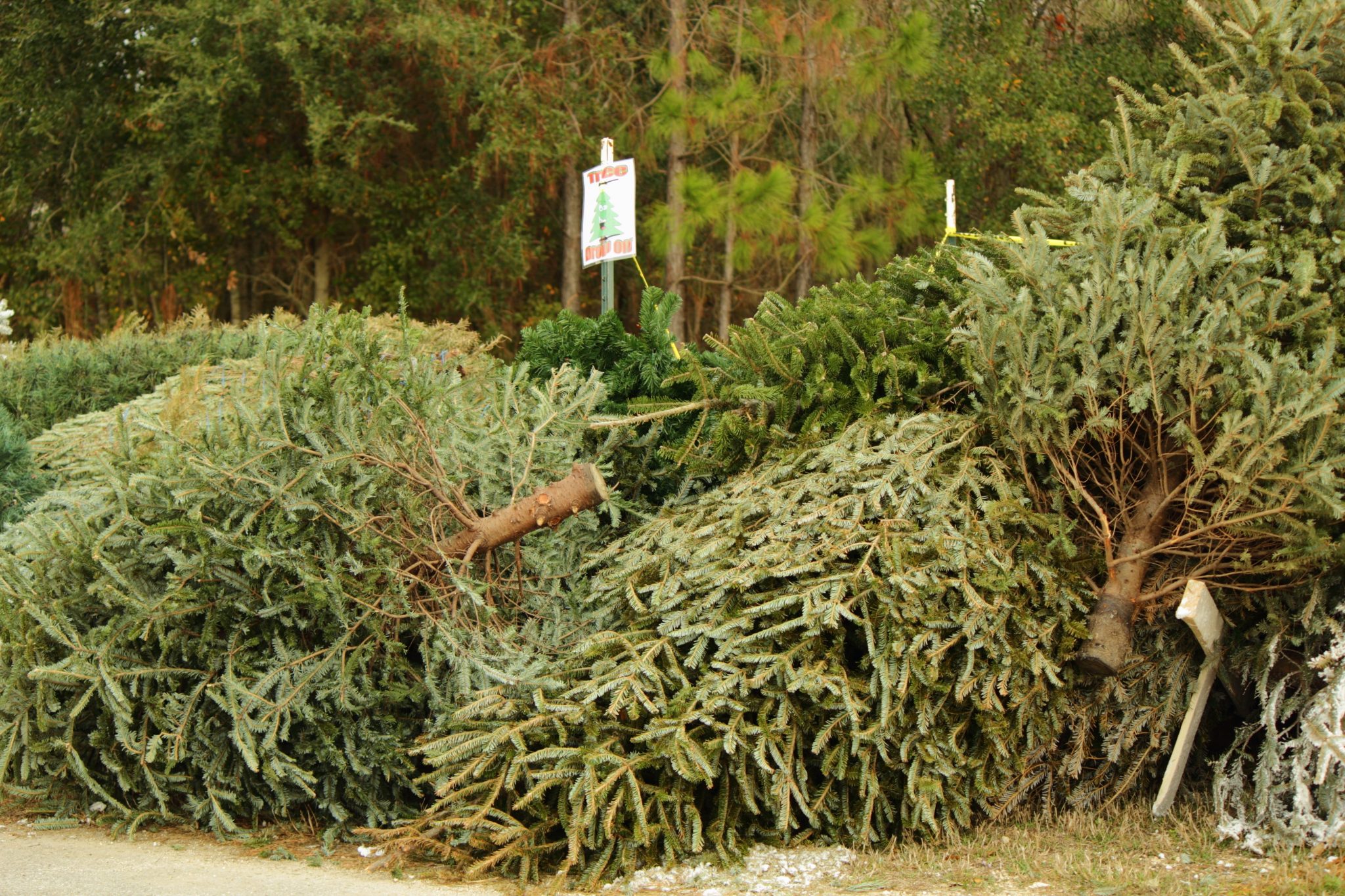Forestry & Wildlife

AUBURN UNIVERSITY, Ala. — With the passing of the holiday season, people are looking for new homes for the approximately 25 to 30 million real Christmas trees used in homes across the United States. Fortunately, there are many options for responsibly recycling these trees. Last year’s perfect Christmas tree can also be the perfect addition for the environment around you.
The Three Rs
Many students learn the three Rs in environmental science class. The trio of reducing, reusing and recycling has the ability to make a positive impact on the environment, especially when performed simultaneously. However, this system applies not only to trash waste but also last year’s Christmas trees.
Reducing
Reducing the amount of waste is first in the sequence for a reason. The reduction of waste input halts the problem at its inception. In terms of Christmas trees, the reduction of waste is measured by trees that are not reused or recycled at a proper disposal site.
Reusing
One of the most popular ways to reuse a Christmas tree is to find a natural use for them. Arguably, the most common application is to use trees for fish habitat. Rusty Wright, an Alabama Cooperative Extension System fisheries specialist, said fish are naturally attracted to a tree habitat for many reasons.
“Small fish use the trees as a form of protection from larger predators,” Wright said. “Larger fish use it as a place to wait for their prey to pass by. They also use it as protection from predators such as large, fish-eating birds.”
Additionally, Christmas trees serve as a surface for algae that supports many insects and other aquatic animals that fish use as food. There is also a recreational benefit to placing them in fishing ponds.
“Trees help anglers enjoy the pond and more effectively catch fish,” Wright said. “Fish harvest, particularly harvest of bass, is critical to keeping predators and prey in balance.”
Recycling
Recycling trees is made easy through utilization of drop off locations. Many municipalities will chip them into a reusable product and provide a sustainable alternative to the donator.
“Check with your local municipalities, as some have tree collection points,” said Jeremy Pickens, an assistant Extension professor of commercial horticulture. “These trees are often turned into mulch and sometimes the mulch is free.”
These locations ensure that donated trees are properly disposed and not negatively inserted into the environment.
Other Christmas Tree Ideas
For those who do not have a pond or a nearby disposal location, there is another option for repurposing Christmas trees. Strategically moving trees from the inside to the outside creates natural habitat for many other animal species.
Norm Haley, an Alabama Extension forestry, wildlife and natural resources regional agent, said some wildlife will use them as shelters.
“Christmas tree piles placed throughout a landscape can provide wildlife with escape cover and thermal refuge,” Haley said. “These piles are not only used by rabbits but also by many game and nongame animals, including birds.”
This method works best when piling multiple trees on the ground. Rabbits, raccoons, opossums and even coyotes can use these piles as shelter, especially during the winter. Bird watchers can try spreading peanut butter and bird seed on branches to attract birds and help provide a winter food source.
More Information
By responsibly recycling and repurposing trees, everyone can make their holiday purchases go a little farther in 2024. For information on potential tree disposal sites in your county or city, contact the municipal offices in your area.

